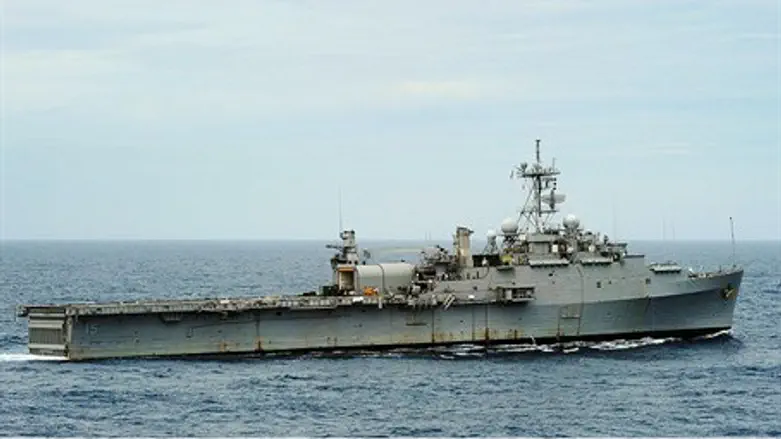
American and Japanese forces are currently conducting a massive naval exercise, "AnnualEx 2013," near China's newly declared "air-defense identification zone" that has exacerbated tensions in the region. Meanwhile, reports show Japanese military aircraft continue flying through the zone regardless of threats.
The joint naval exercise between the US Navy's 7th fleet and the Japan Maritime Self-Defense Force (JMSDF) aims to test the two nations' ability to defend Japan and respond to a regional crisis. The exercise follows China's announcement of the "air-defense identification zone", which unilaterally claims Japanese and South Korean controlled territory.
Vice Admiral Robert L. Thomas, commander of the 7th fleet, told CNN, "when anybody makes an extreme claim it is really an imperative that the international community can continue to operate in accordance with international law and not be distracted. ...Our operations in the East China Sea will continue as they always have."
Adding tensions to the growing standoff, this week China is sending its first aircraft carrier, the "Liaoning," through the East China Sea zone with four other warships to "conduct scientific experiments and military training" in the South China Sea, according to the Chinese Navy's website.
China also on Thursday announced it sent warplanes to patrol the zone, reports BBC. Chinese air force spokesman Col. Shen Jinke said fighter jets and early warning aircraft had been dispatched to carry out routine patrols as "a defensive measure."
The step comes after US, Japanese and Souther Korean planes have flown through the "identification zone."
Two US B-52 bombers flew in the zone on Monday without identifying themselves. China later said it had been monitoring the planes.
Meanwhile the Japanese Asahi Shimbun reported Thursday that Japan Self-Defense Force (JSDF) and Japanese Coast Guard planes similarly have been flying through the zone without notifying China. The news source added that China has not responded or scrambled fighter jets as it previously said it would.
The zone China recently claimed includes a hotly disputed island chain which is under Japanese control, known in Japan as Senkaku and in China as Daioyu.
US Defense Secretary Chuck Hagel, shortly after the Chinese zone was declared, said the US Japan Mutual Defense Treaty applies to Senkaku. According to the treaty, signed 1951, America is obligated to take military action to defend Japan if it is attacked.
Kevin Maher, former head of the US Foreign Ministry's Japan department, told the Japanese-language Sankei News that China's declared zone was likely designed to threaten Japan and obtain hegemony on the East and South China Sea. He assessed that the move stemmed from the perceived weakness of US President Barack Obama's administration, and that China posited the US would not confront the challenge.
In the face of China's hegemonic threat, Maher emphasized "the US and Japan should definitely not try to make reconciliation with China. Japan needs to clearly display its determination to confront China's threats."
